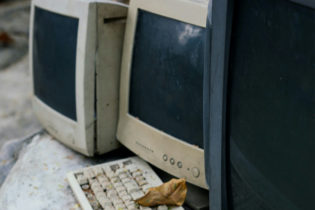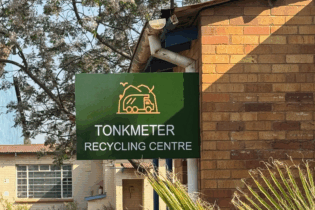When thinking of South Africa’s beaches one imagines pristine sand, igneous rock and stunning scenery. Apart from the bitterly cold waters of the Atlantic beaches in the Western and Northern Cape provinces our beaches are great places to swim as well.
South Africa has 18 Blue Flag beaches.The Blue Flag is a trademark owned by Foundation for Environmental Education (FEE), which is a not-for-profit, non-governmental organisation, consisting of 65 organisations in 60 member countries in Europe, Africa, Oceania, Asia, North America and South America.FEE’s Blue Flag criteria include standards for water quality, safety, environmental education and information, the provision of services and general environmental management criteria. The Blue Flag is sought for beaches and marinas as an indication of their high environmental and quality standards. Certificates, which FEE refers to as awards, are issued on an annual basis to beaches and marinas of FEE member countries. The awards are announced yearly for Europe, Canada, Morocco, Tunisia and other countries in a similar geographic location, as well as the Caribbean, New Zealand, South Africa and other countries in the southern hemisphere. South Africa has always been proud of its Blue Flag beaches as they have been on par with the best-managed beaches in the world. They’re operated in an environmentally responsible manner and conform to stringent criteria on water quality, amenities, security and environmental protection programmes. One of the strict points within the water quality aspect of the accreditation states that:“No industrial or sewage related discharges may affect the beach area.”
This does not bode well South Africa’s beaches at all since Deputy Environmental Affairs Minister, Rejoice Mabudafhasi revealed last week that South Africa’s seas are literally swimming with sewage.
“South Africacan discharge over 300 million litres of sewage every day into the marine environment, much of which is untreated or partially treated, and thus posing a serious threat to marine habitats, species and the public,” she highlighted. Mabudafhasi maintains that this volume of sewage pollution is “increasing significantly”, and the country has to find a better way of managing the problem. “Over the past few decades, scientists around the world have observed the appearance of so-called ‘dead zones’ in the ocean, where the levels of oxygen are so low that marine life cannot be supported,” stated Mabudafhasi. Such dead zones were caused by, among other things, the excessive nutrients in sewage.






